I use IUniswapV3PoolState.slot0 to return sqrtPriceX96 and tick for different pairs in Uniswap V3. The results are very reasonable for ETH/DAI, but it's quite different for ETH/USDT and ETH/USDC.
This is not because of the order of the tokens, but rather the final result of price (after taking care of square root and Q96) differ by 10^(-12). So I would get ETH/DAI around $3200, while ETH/USDT and ETH/USDC will give $3200*10^(-12). Is there anything I'm missing? Thank you!
